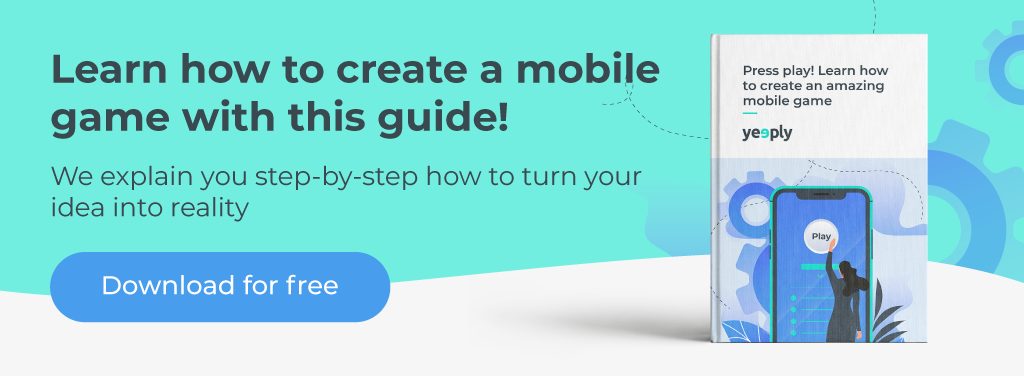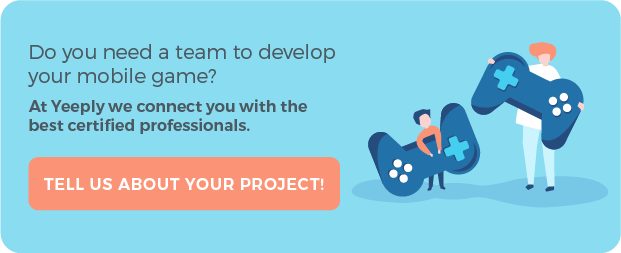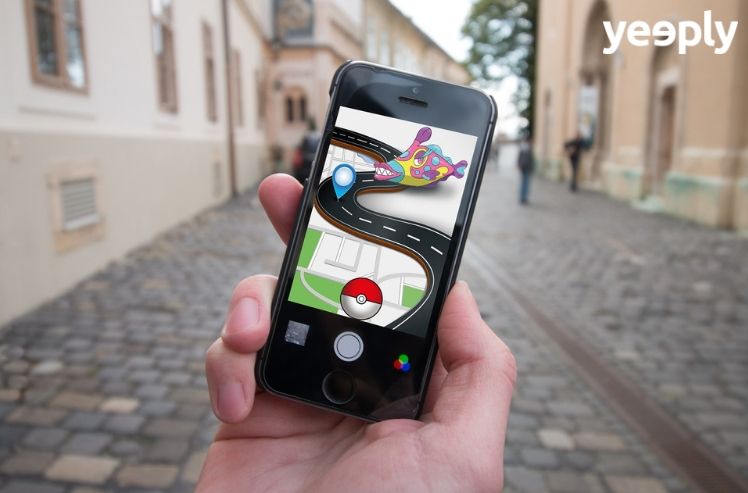In the wake of the COVID-19 pandemic, worldwide downloads of educational apps increased by 90% compared to the same period in 2019. Besides, the market for educational apps (Edtech) is expected to reach 350 billion USD by 2025.
Society is increasingly geared towards lifelong learning. We don’t want to be left behind in any aspect of our lives and these types of apps have the solution: they allow you to learn anywhere and anytime in a fun way.
Index – EdTech Apps
- The benefits of educational apps
- Types of educational apps
- How to create an EdTech app
- Mistakes to avoid when developing educational apps
The benefits of educational apps

These applications have several advantages and we are sure that as we implement them, more features will be added to the list.
Automation
Its automation avoids human errors, for example in accountancy at educational establishments. They can track student attendance or generate receipts quickly and efficiently, improving the establishment’s operations.
Improve creativity and visualisation
Subjects such as science and mathematics are easier to understand when they are taught with images, videos and animations. With educational apps, through more visual resources, students can learn more creatively and dynamically.
Paperless learning
Technological resources such as ERP software or mobile apps help educators save time and paper. They record files online and can send articles, timetables or grades via smart devices in digital formats.
? Do you want to create an educational app? We help you find the ideal development team!
Constant learning
The methodology promoted by these applications encourages students to achieve easy learning at all times and places.
Self-assessment
The use of technology in education allows the automation of some time-consuming processes such as correcting essays or grading exams.
Collaboration between students and teachers
Educators find it easier to help their students in a personalised way through these technological tools. It allows them to guide students and reinforce their learning when necessary.
Types of educational apps

Multi-purpose learning platforms
Also called online course platforms. The user has a broad offer of courses to choose from. Popular examples of such platforms are Coursera and Domestika.
Educational apps for specific subjects
This would be the case of language applications, where we can learn through games and images that help us remember the words we learn. In this category, we find Duolingo, for example.
Support applications
The education of the future will allow teachers to follow the progress of students and reinforce the areas in which they must insist or inform parents of their children’s progress.
Educational games
The future of education will involve the gamification of learning. In fact, it is already a commonly applied strategy to motivate students to get better grades on specific subjects.
Learning management apps
They can be connected to Google, Gmail, Drive or Youtube to make all materials more accessible to the learner.
Educational apps for children
Through content created exclusively for them, they can familiarise themselves with concepts such as numbers or letters in a dynamic and fun way, as in the case of Youtube Kids.
How to create an EdTech app

The most important elements when creating educational apps are:
Content
The way that content is structured is very important. If it takes too long to complete a task, one gets bored, so the use of images is essential. The use of rewards is important to not lose the attention of the learner and to speed up the learning process. More engaging content can also be created with these seven dimensions:
- Time dimension: refers to whether the user interaction is synchronous or asynchronous.
- Communication: a one-way or two-way flow of information.
- Transaction: ability to make in-app purchases.
- Audience: general public or limited to a particular group.
- Multiplicity: designed for a single user or adapted to a community of participants.
- Location: information or functionality customised to the user’s location.
- Identity: information tailored to the user’s identity.
Design
Content is not enough, you have to build a learning flow appropriate to each audience, or else, the app will not succeed. When building the design we need to take these factors into account:
- Active participation. Effective learning can take a variety of forms: tapping, swiping, repeating, interpreting etc. This also means being free from distractions, staying focused and being aware of the learning progress. The simple fact that a child controls a mouse while reading an interactive book already encourages active participation.
- Engagement. This translates into creating an educational app that engages the user. This occurs at different levels: behavioural, emotional and cognitive. The design must provide a balanced combination of these levels. When the user finds a response to every action they take, they feel in control and continue to interact. Introducing feedback such as “Good job!” or “Try again” helps to reinforce engagement.
- Meaningful learning. When the lesson has a purpose, a personal relevance that creates links to the knowledge base. For this to happen, certain principles must be followed, such as contextualisation, graduation or systematisation.
- Social interaction: it makes children learn faster than when they study alone. It’s very interesting to create a collaborative area to train their critical thinking, for example by reasoning arguments on a specific topic that helps to create a deeper understanding.
Keep Reading | Mobile Game Design: Three Essential Elements to go Viral
Technology
To create educational apps for both iOS and Android, you need a multidisciplinary team that includes a business analyst, project manager, UI/UX designer, Android and iOS developers and a quality assurance specialist.
There are currently a lot of emerging technologies and approaches waiting to be implemented in schools.
That’s the case of augmented reality, which can take any situation and environment to the next level to help us understand it better.
Another example would be virtual reality, which can create a total immersion in the learning process and would be enhanced through these experiences.
Even AI can turn adaptive learning into reality. Intelligent algorithms could adjust the pace and content to the skills and needs of each learner.
You might be interested | Augmented Intelligence: humans and AI joining forces
Mistakes to avoid in the development of educational apps
There are five things to avoid in educational apps:
The fire alarm syndrome
For learning to take place properly, the user must be kept focused. The use of loud noises or ringing bells is discouraged because attention is diverted from the learning process.
Too many options
It is overwhelming and affects decision-making, making it difficult to use the application.
Educational apps in disguise
Just because it contains numbers and letters does not make it educational. These elements should be accompanied by abstractions that help to understand and are easier to assimilate.
Imbalance
A proper balance between user participation and educational content will avoid creating an Edtech app with a low didactic value that remains entertaining.
Attention deficit design
A constant change of subjects (math, art, language etc.) is discouraged, as it hinders the depth of processing necessary for solid learning. Repetition makes excellence.









